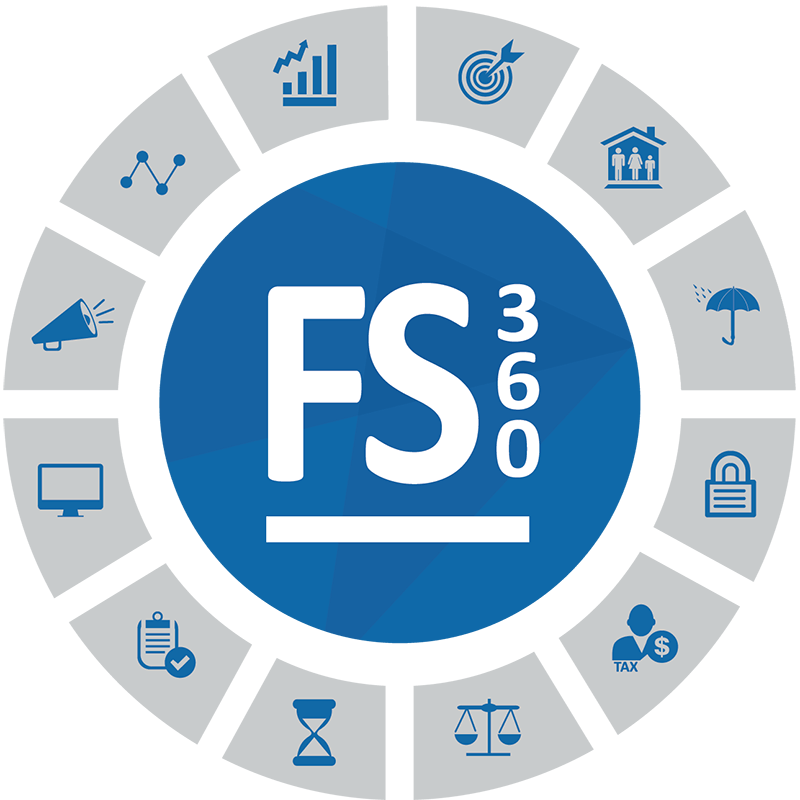A look into Interest Rates in 2022 & Investing Going Forward
Two weeks ago, the Reserve Bank of Australia made the decision to keep the cash rate at 0.1% highlighting that they intend for rates to remain stagnant until inflation falls between 2-3% proving to be transitory (it currently sits at 3.5% according to the RBA’s inflation data from December 2021).
The question regarding the rise of interest rates has become quite common from clients over the past few months, with a strong theme around whether they will increase rates this year and what it means for their savings that are exposed to the market if they do. For an indication of what it means, we first have to look at why interest rates have reached historic lows and what has transpired in the time since.
February 2022 marked two years since the beginning of the economic crash that saw markets around the globe experience massive sell offs with billions of dollars wiped off them following built up instability as a result of fear of the coronavirus and how it might impact on economies, businesses and the typical way life was conducted. Since the initial month of the correction two years ago there have been significant measures in the form of interest rate cuts and bond buying programs implemented by central banks to stabilise economies and to give consumers greater spending confidence to strengthen markets.

James Clough
Financial Planner
The measures saw a strong rebound and seemed to have been an efficient measure by the central banks; the last two years the Standard and Poor’s 500 has averaged 21% return. This has been driven largely by growth companies that have been able to take advantage of low interest rates meaning that their future cash flows become extremely valuable and in turn their market cap has grown significantly making investors a lot of money in the process. The top eight companies of the S&P 500 equate for 28% of the total market cap of the 500 companies within the index, and throughout this time those eight companies averaged around a 45% return, meaning that they’re responsible for a large portion of the strong return that the 500 has generated – as previously mentioned a lot of this return was a result of the cheap money on offer and the ability to use this efficiently within their businesses.
During this time, for many investors, making money in the share market throughout this period has been relatively easy. However, the wave of enthusiasm and sense of confidence in the market has started to slow – just last month markets experienced a 10% correction which may have been a warning for what’s to come – this has been mainly due to fears of inflation getting too high in the United States.
Over the past 12 months inflation has started to rise far more than broadly expected with inflation in the U.S reaching 7.5%. There have been a number of factors that have contributed to this inflation increase but to simplify it has been supply and demand. The supply shortages have contributed to price increases and huge economic stimulus packages in the US have given household’s their strongest balance sheet across the board in sometime which has seen the demand for goods increase. Our research team had first raised inflation risks in our investment committee meetings in December of 2020 – the stimulus package of $1.9 trillion in March 2021 has been a decision that some pundits are saying wasn’t required in hindsight. To avoid hyperinflation, it is inevitable that the Fed (The US Central Bank) will raise interest rates sooner or later.
Here in Australia, we aren’t quite in the same situation that our counterparts over in the US are, with inflation less than half of the US and within sight on the 2-3% band that the Reserve Bank of Australia is aiming to have inflation average over a 5-year period. The probability of rates rising is increasing as we move forward in time, but it would be expected that our raises aren’t going to be as soon as the US nor as much as what the US interest rates might potentially increase by (In the short-term anyway), however, the RBA does borrow from the Fed so it is likely that the decision made by the Fed is going to have some impact on the RBA’s interest rate decisions going forward.
The RBA has given constant commentary that there won’t be any rate rises in 2022, however, the banks are projecting a different story; the Commonwealth Bank recently announced that it was projecting that interest rate rises would begin in July this year, WestPac projecting August, which creates a conflicting story. The central banks have quite a bit of pressure on their decisions going forward; the speed at which interest rates increase is going to be key. If the banks continue to hold back from raising rates, inflation could continue to increase, and if it does the RBA would be caught needing to increase rates at a quicker rate to avoid a hyperinflationary environment. This creates a difficult scenario to manage and is a decision that would slow growth, potentially resulting in a recession for the Australian economy.
The second scenario is the banks increase interest rates too soon which could cause the wheels of the economy to slow significantly and growth assets such as stocks, and property to realise the impacts of this. The ideal scenario is that the RBA time the interest rate adjustments to near perfection and that inflation and the economy normalise and increase in line with each other within the 2-3% band previously mentioned which creates a manageable scenario for the Australian consumers.
The inevitable is that rates begin to rise at some point. The growth that we have seen the past two years is unlikely to be seen for some time and the importance of careful portfolio construction will be of significant importance in finding good returns in the market going forward. As briefly touched on earlier in the article, our research team had raised inflationary pressures as a concern late into 2020 and the possible need to raise interest rates quicker than what many were predicting, as such,
Mulcahy & Co clients can rest assured that the impacts on their portfolios won’t be affected by interest rate hikes as much as others – particularly those with large growth company exposure - as they have been positioned to handle an environment with rising interest rates for some time now.
Latest News







